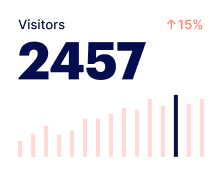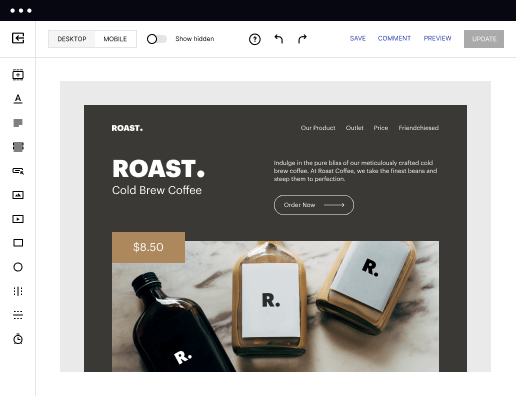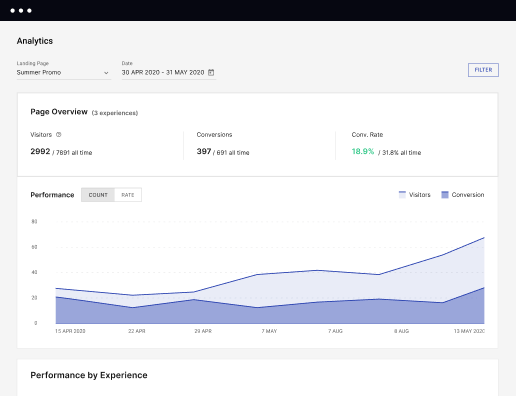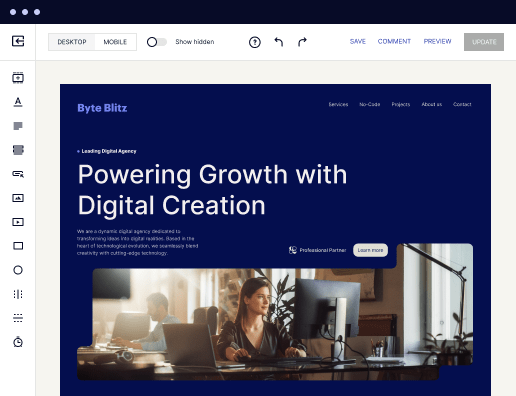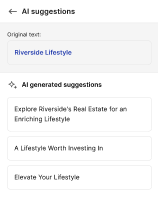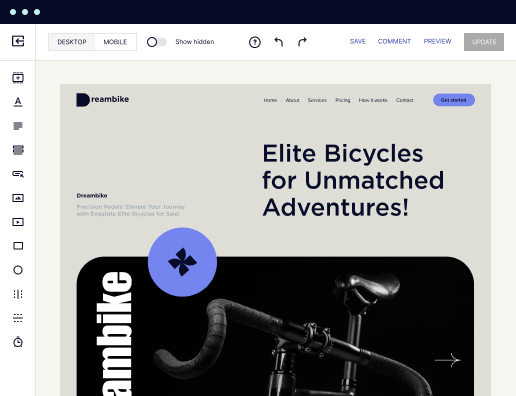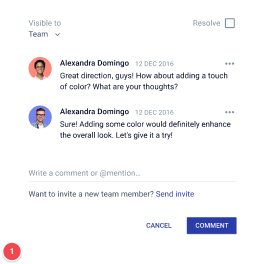Make your privacy policy page designed for SUSE Linux Enterprise
Instapage empowers you to reduce costs, increase conversions, and deliver meaningful experiences on SUSE Linux Enterprise.
Build your privacy policy page on SUSE Linux Enterprise with Instapage
Creating a privacy policy page on SUSE Linux Enterprise is essential for businesses in today's digital landscape, especially for those in the USA. Instapage empowers marketers to quickly build relevant landing pages that not only reduce costs but also enhance conversions through tailored experiences. This guide outlines the step-by-step process to efficiently create your privacy policy page, ensuring compliance and boosting brand trust.
Understanding the Importance of a Privacy Policy
A well-structured privacy policy page is crucial for any organization, especially in sectors like financial services, government, and education. It informs your clients about how their data is collected, used, and protected. In the USA, privacy regulations are continually evolving, making it even more important to maintain an up-to-date privacy policy that aligns with legal requirements. Instapage offers personalized templates that make this task simple and quick.
- Legal Compliance: Ensures that your organization adheres to federal and state laws regarding data protection and privacy.
- Trust Building: A transparent privacy policy fosters trust with your audience, making them more likely to engage with your brand.
- Risk Mitigation: Clearly defining data usage reduces the risk of legal challenges and penalties.
Step 1: Selecting a Template
Start by choosing an appropriate landing page template from Instapage's library. There are over 100 conversion-focused layouts designed to cater to various industries. Use the filters to find templates relevant to your business services or sector.
- Identify Your Audience: Select a template that resonates with your specific target audience, from tech companies to educational institutions.
- Customization Options: Look for templates that allow easy edit options ensuring compliance with your privacy policy requirements.
- Mobile Responsiveness: Ensure the chosen template works seamlessly across devices improving user experience.
Step 2: Customizing Your Content
Once you've chosen your template, the next step is to fill in your privacy policy content. Be thorough but clear about how you collect, use, and store user data. The use of dynamic text replacement can help personalize the message based on your audience segments.
- Define Data Collection: Specify the types of personal information collected from users.
- Explain Usage: Illustrate how the collected data will be utilized to improve user experience.
- Highlight User Rights: Include information on user rights regarding their data and how they can exercise these rights.
Step 3: Optimizing for Conversions
After customizing your privacy policy page, utilize Instapage's built-in experimentation features to optimize it for higher conversions. A/B testing can help refine the messaging and layout, ensuring it resonates with users and encourages trust.
Regularly review analytics to understand the effectiveness of your privacy policy page. Heatmaps can provide insights into user behavior and engagement.
Creating a robust privacy policy page on SUSE Linux Enterprise using Instapage enhances brand loyalty and customer trust. To start leveraging Instapage’s capabilities, sign up today and create a page that meets your needs and regulatory requirements.
Get more out of Build your privacy policy page on SUSE Linux Enterprise
Improve your Quality Score with quick load technology for landing pages
Increase conversions with content that aligns with your ads and audiences
Achieve maximum ROI by scaling your marketing initiatives
Leading the way in building high-performing landing pages





FAQs
See how to build your privacy policy page on suse linux enterprise in action
Ready to skyrocket conversions?
Supercharge your ad campaigns with high-performing landing pages.
Get started
